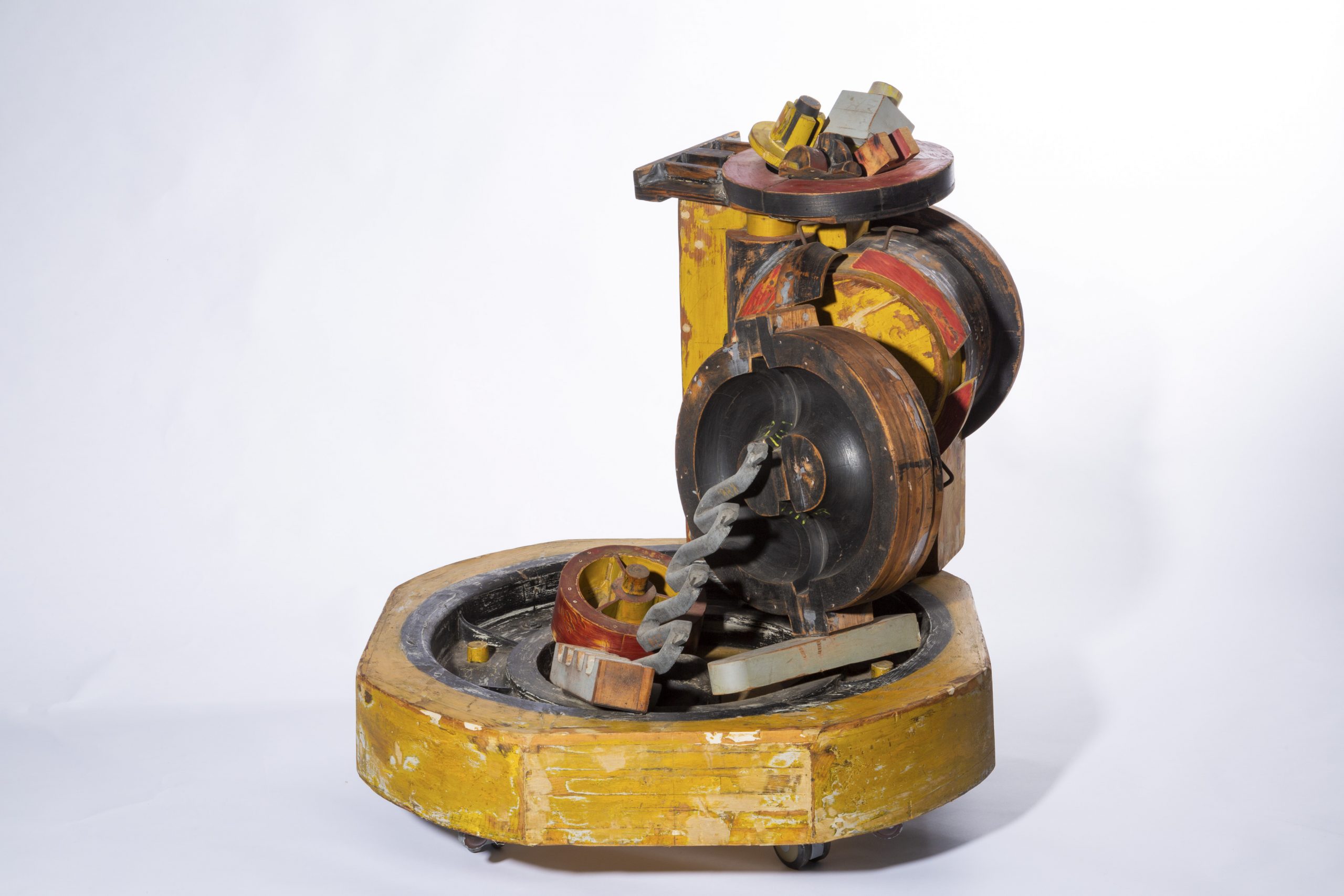Tinkering and Assembling
The Art of Robert Klippel
While he was alive, Robert Klippel (1920-2001) lived in a nest of curious items. Each of the twenty-six rooms in his house were filled with scrap metal, wood, and junk. The materials he found were sorted and placed in separate rooms so that he could live each day assembling objects out of the various shapes and textures.
Andrew Klippel said that his father, ‘would see beauty in the house decaying and didn’t want repairs… he was allergic to it being cleaned, or being in any way bourgeois.’ The wood used in No. 792 came from this collected material. Specifically, from moulds he found in the 1960s which had been used in ship-making and were soon to be discarded.
Klippel can be seen as an obsessive collector and tinkerer. Undeniably, he was both, but those descriptors undersell his exceptional artistic vision. There is a refined visual character to each of his sculptures that can cut through the often-exclusionary medium of abstract sculpture. His passionate interest in form over meaning is what makes his art accessible.
Klippel’s sculptures were born of a curious mind assembling disparate materials to make new, cohesive objects. There is fun to be had identifying the items which were used to build a work, or seeing the wry sense of humour in his miniature works. However, what is ultimately satisfying is the directness of making an object whose only role is to be admired.








